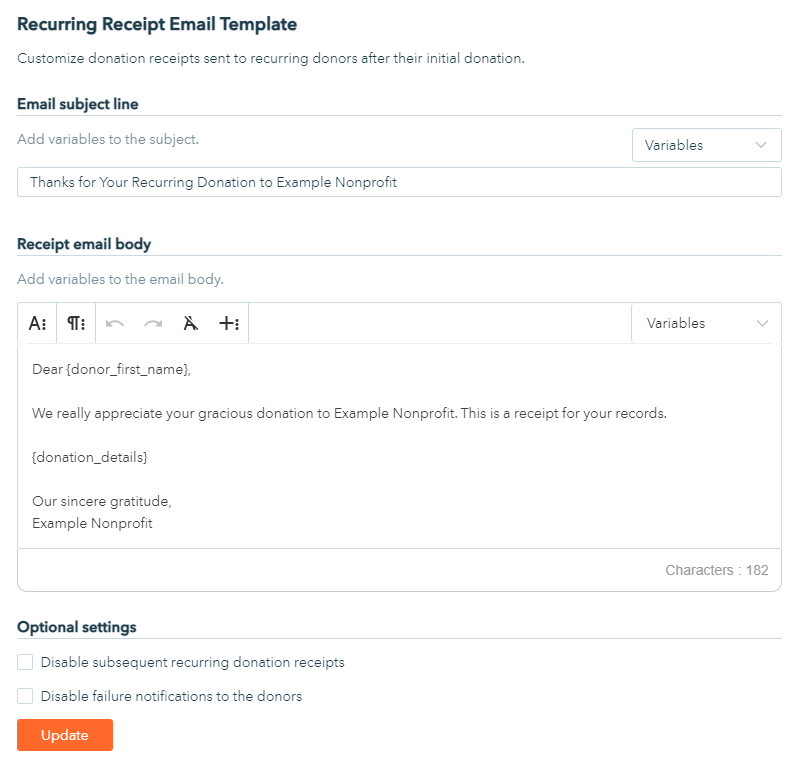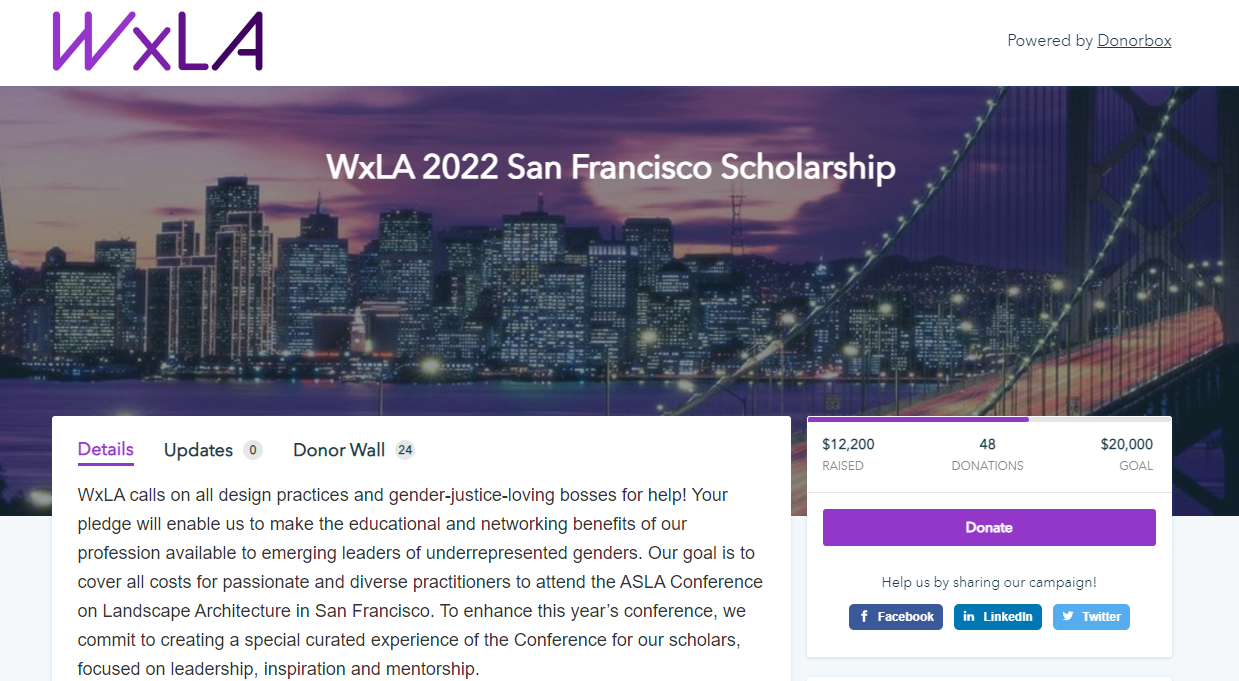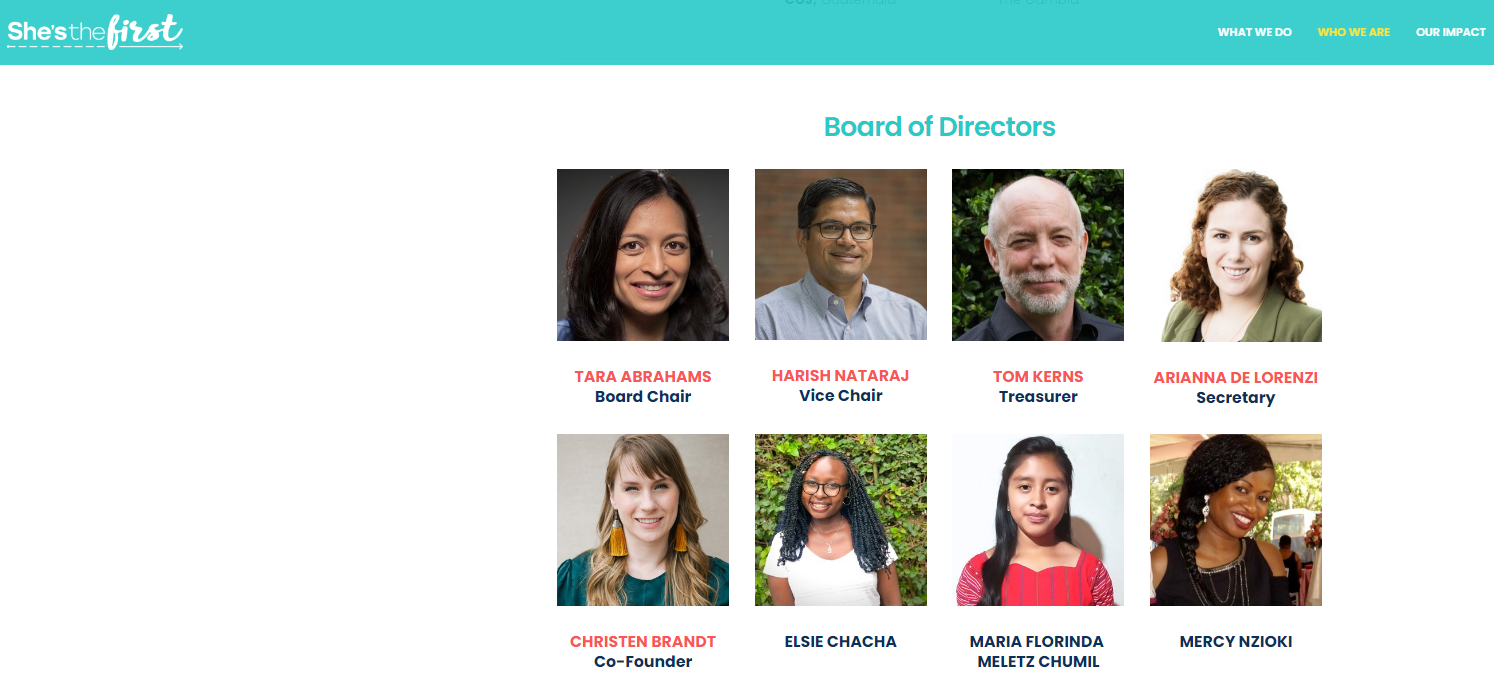Your donors work hard for their money. Your job as a nonprofit with a meaningful mission is to convince them to give some of that hard-earned money to your organization.
The persuasive tools you have available are the quality of your work, the urgency of your mission, and…your transparency.
You might be surprised by that last tool, but it’s true: when it’s time for donors to choose who gets their contribution, nonprofit transparency matters. A lot.
GuideStar by Candid found that nonprofits who received their Seal of Transparency saw 53% more in contributed income than organizations without a Seal.
Transparency is an important part of building relationships with your current and future donors. In this article, we’ll look at some key tips and steps to make your nonprofit more transparent.
What Does Nonprofit Transparency Mean?
Transparency means being open and honest about your nonprofit’s finances, policies, staff, board members, impact, and more. It’s a willingness to share information to help donors make an informed decision about giving to your nonprofit.
Being transparent is the only ethical way for your nonprofit to function. It can also help build community partnerships, establish relationships with granting institutions, and impact the communities you serve through your mission.
8 Steps to Take for Complete Nonprofit Transparency
We want to help you tackle the daunting task of making your nonprofit more transparent. These 7 actionable steps will put your nonprofit on the road to being more clear and open about your practices.
1. Make your financial reporting available on your website
The good news: If you’re an official 501(c) nonprofit and you either received $100,000 in annual contributions or have over $250,000 in assets, you are already required to complete financial reporting.
To increase your financial transparency, you should make your annual Form 990 available for download on your website. This saves donors the step of looking it up through the IRS and shows that you have nothing to hide!
If you don’t have to file Form 990, you should still make your other financial reports available on your website.
2. Create an annual or impact report
We all know that yearly grumble that comes up when it’s time to start working on the next annual report. But putting together a solid annual report (also called an impact report) is a great tool to increase donor trust.
An annual report is a document that showcases everything your nonprofit has done for the last year. This includes the following information:
- Your impact.
- Your finances.
- Your key staff members.
- Your board members.
- Programs and activities over the last fiscal year.
- Pictures – your donors want to see you in action. Show them what you’ve been up to.
Make these annual or impact reports available to download from the website.
3. Send reliable donation receipts
The ultimate nonprofit transparency is clearly relaying to your donors how much they’ve donated, when they’ve donated, and how much of their donation is tax deductible.
A clear, reliable donation receipt is helpful for donors to remember what they’ve given for the year. It’s also required if they want to claim any of their donations on their taxes. So make sure you include all the required information in your 501(c)(3) donation receipt.
At Donorbox, we have you covered with an easy-to-use donation receipt template. You can customize your donation receipts as shown below. Donorbox also lets you customize fiscal year-end receipts and send them to one or more donors at once. These receipts help make their tax season easy!

Get Started With Donorbox
4. Add a goal thermometer to your online campaigns
Adding a fundraising goal thermometer to your online fundraising campaigns makes them transparent to your donors. As donations pour in, it will reflect on the thermometer and make it apparent to people how well the campaigns are doing.
This way, when you reach out with thank-you emails or impact data at a later time, your donors will have proof of the amount of donations you were able to raise. This creates complete transparency in your fundraising process.
Plus, it helps create a sense of urgency among people to give more to help you cross that goal.
Here’s an example of an online crowdfunding campaign created on Donorbox, that used a fundraising thermometer for increased transparency.

5. Communicate with your donors
In addition to sending a donation receipt with all the necessary information, it’s important to communicate with your donors in other ways.
- Send thank-yous with impact data. When you send a thank-you email or letter, include some information about how the gift will be used. It is advisable to keep sending updates on the impact of donations.
- Mail out that annual report. More than just posting it on the website, emailing or mailing a copy to each of your donors shows them just how willing you are to be transparent.
- Own up to any mistakes. If you get bad press for something, own up to it. Reach out to your donors explaining what happened and how you’ll fix things in the future.
The more communicative you are with donors – and with the public in general – the more you build up the habit of transparency. And as you communicate, remember to note down any details in your donor database. This makes future communication easy – you get to continue the conversation with any suggestion they made or feedback they gave earlier.
Donorbox makes it a breeze to add communication notes to your donor profiles. You can select the channel and direction of communication and type in the details.

Sign Up For Free
6. Get a nonprofit rating
A great shortcut to show your donors how transparent you are is to receive a rating from Charity Navigator, GuideStar by Candid (formerly GuideStar), or another accrediting organization.
These companies rate nonprofits and charities based on a variety of qualities. Usually, you have to submit information like –
- Financial reporting.
- Any corporate policies your organization follows.
- Board and staff information.
- Articles of Incorporation.
Savvy donors look for these ratings to confirm the quality of nonprofits before giving them donations.
7. Create a conflict of interest policy
A conflict of interest policy is a huge step toward a more transparent charity because it requires key stakeholders to disclose any potential or existing conflicts of interest.
It usually also prohibits board members with conflicts of interest from voting on any matter relevant to that conflict.
This tells your donors that the people who make decisions for your nonprofit are doing so without personal interest in mind.
To be the most ethical and transparent, your nonprofit should adopt a conflict of interest policy and plan on having the board and staff review and agree to adhere to the policy annually.
Other policies to consider adopting to aid in transparency are a privacy policy, a whistleblower policy, and a reimbursement policy.
8. Publicly list board members and key staff
Being transparent means being honest about who makes the decision for your nonprofit.
Plan on listing all current board members, advisory board members, and key staff members on your website. If possible, include contact information for your key staff, so donors have a face and a name to contact with any questions they have when they decide to give to your awesome nonprofit!

Check out the “Who we are” page on the She’s the First website. It includes their staff members, council members, and board members along with their pictures. Clicking on these photographs takes you to their detailed profiles to know more. This makes the way this nonprofit works even more transparent.
Nonprofit Financial Transparency – Tips to Build Donor Trust
Perhaps the most important kind of nonprofit transparency is financial transparency. It proves to both current and potential donors that you’re handling your nonprofit’s finances (and their donations) responsibly.
Without financial transparency, they have no clear idea of where their money might end up.
More financial transparency means more donations. It’s that simple.
Follow these tips – and build up that donor trust along the way –
- Share more financial information. Consider sharing any compensation policies for your top-earning staff members, including benefits packages and raise schedules. You might also explain your hiring process.
- Conduct independent audits. If you’re a nonprofit of a certain size, you’re required to get audited every year. But if you’re not required, you should still choose to have an independent audit conducted. This shows your donors that you care about financial responsibility and transparency.
- Adopt clear financial management strategies. This will ensure you’re operating in an effective way, and show your donors that you want to do the right thing.
- Be open about your tax-exempt status. If you’ve applied for 501(c)(3) but haven’t received it yet, donors should be clear that their donations might not be fully tax deductible yet.
- Respond quickly to any requests for copies of financial reports. You want to reassure the public that you don’t mind sharing financial information.
These are just a few tips that, coupled with the steps above, can help your charity become as transparent as possible.
Time to Get Transparent
If we look at the steps and tips above, we can see a pattern: openness. At the end of the day, nonprofit transparency is nothing but that. Being open and willing to invite donors into the inner workings of your organization.
Get more tips on effective nonprofit management at the Donorbox Nonprofit Blog. Subscribe to our newsletter – get the best collection of free resources including podcasts, webinars, and blogs delivered to your inbox every month!
And as you work on making your nonprofit more transparent, don’t forget to leverage Donorbox’s powerful features. They’re simple to use for you and your donors!
Sign up now – It’s free to get started and there are no contracts involved either!








